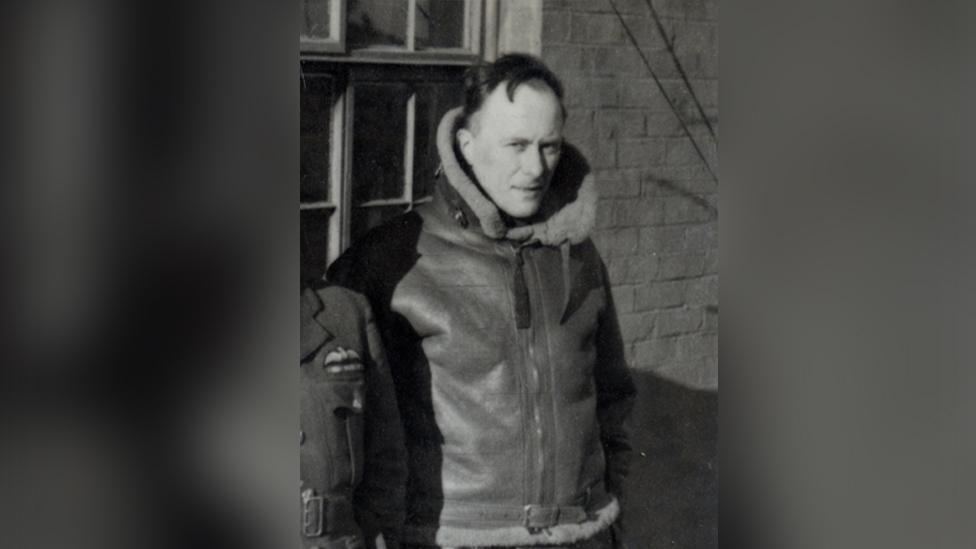WW2 unsung hero plane Hurricane celebrated at Duxford
- Published
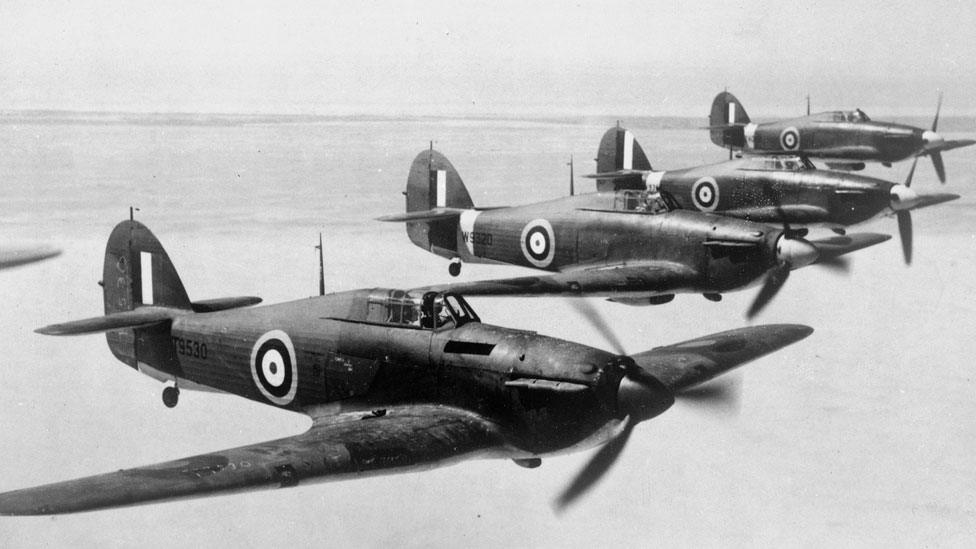
Battle of Britain ace James "Ginger" Lacey said he would sooner fly a Spitfire - but fight a Hurricane
The story of the "unsung hero of the Battle of Britain" is being told at an exhibition involving seven airworthy Hawker Hurricane aeroplanes.
Imperial War Museum expert Graham Rodgers said the plane accounted for 60% of the German losses during the 1940 World War Two battle, external.
He said the Hurricane had been overshadowed by the "iconic" Spitfire.
He hoped an exhibition at the Imperial War Museum Duxford, Cambridgeshire, external, would help rectify that.
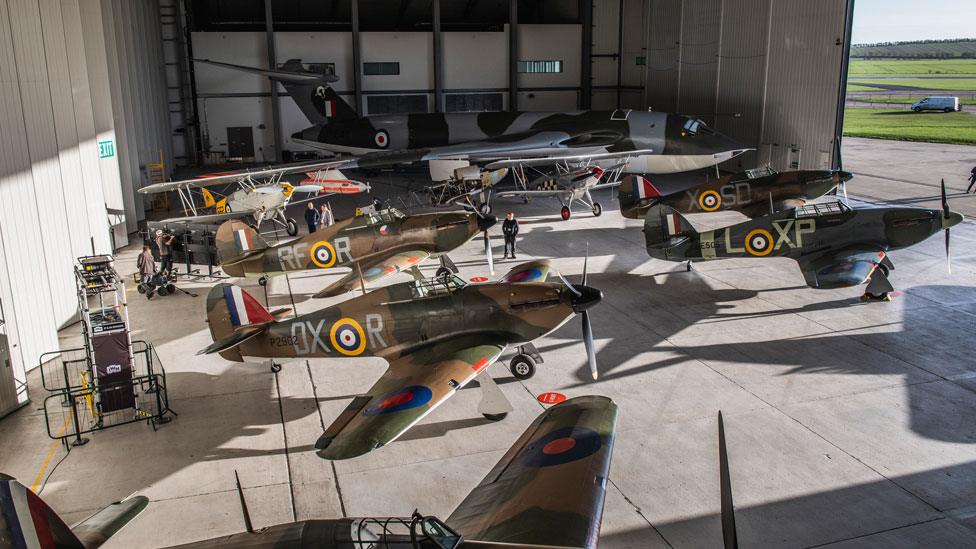
Museum expert Graham Rodgers said the hurricane is "the unsung hero of the Battle of Britain"
Visitor experience officer Mr Rodgers said: "The famous Battle of Britain ace James 'Ginger' Lacey said he would sooner fly a Spitfire - but fight a Hurricane.
"It was 20% bigger, it was slower to climb and it was heavier, but it could turn tighter than a Spitfire and Messerschmitt 109."
However, Mr Rodgers said its broader wings gave it a "more stable gun platform to fire" its machine guns from and it was also easier to land.
"One of the hardest things about flying the Spitfire was putting it back down again - you had to be very careful landing as it had a narrow under carriage," Mr Rodgers said.
"A lot of the pilots were young lads in their 20s, they were absolutely exhausted from battle, and the Hurricane's very wide landing track made it easier to put down."
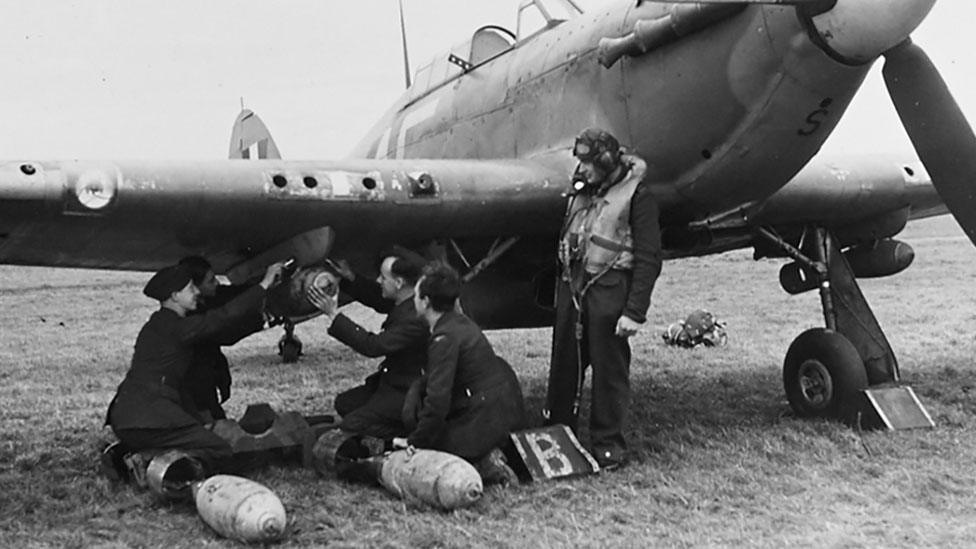
The "more workman-like" Hurricane lacked "the beauty and grace of the Spitfire" but was effective at destroying German warplanes, said Mr Rodgers
The aeroplane was designed by Sydney Camm, external and first flew in November 1935.
During the Battle of Britain it was stationed across the RAF's fighter airfields and deployed as part of Sqn Ldr Douglas Bader's "Big Wing"., external
The last one was built in 1944.
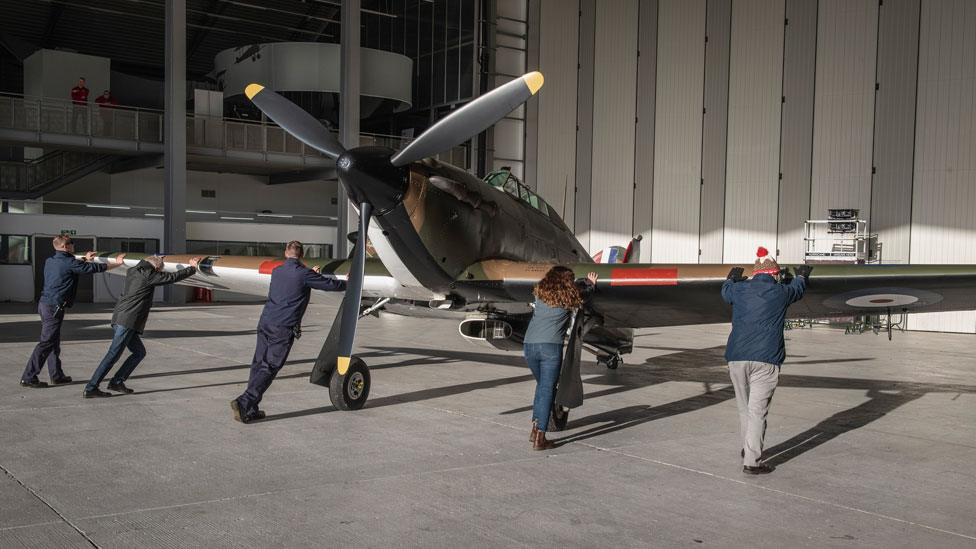
It was deployed on nearly all World War Two fronts before the last plane was built in 1944
Mr Rodgers said: "There are not that many airworthy Hurricanes left in the world - far fewer than the Spitfire.
"When all seven arrive at Duxford - I doubt there's anywhere since World War Two where there have been that number of Hurricanes under one roof."
The exhibition opens on 27 December and runs until 19 February, but it will initially only feature six Hurricanes.
The arrival of the seventh plane, a Sea Hurricane, has been delayed and it was due to arrive in January.
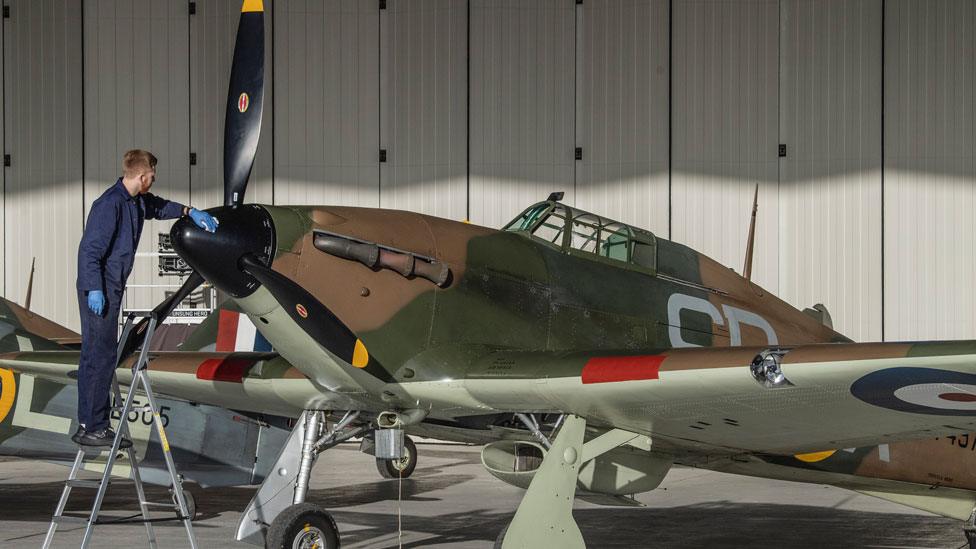
Visitors will be able to get up close to up to seven of the 14 airworthy Hurricanes remaining in the world

Find BBC News: East of England on Facebook, external, Instagram, external and Twitter, external. If you have a story suggestion please email eastofenglandnews@bbc.co.uk, external
Related topics
- Published27 September 2022
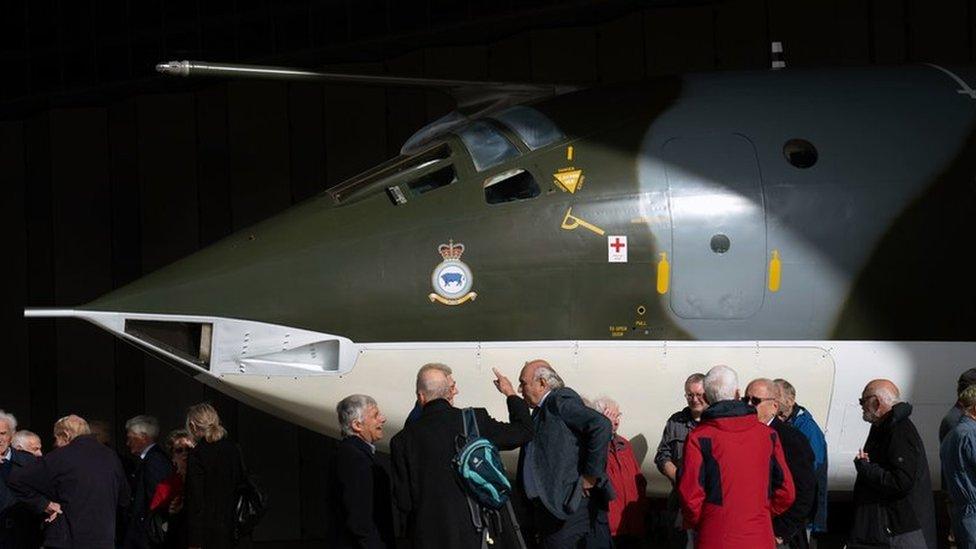
- Published23 December 2021
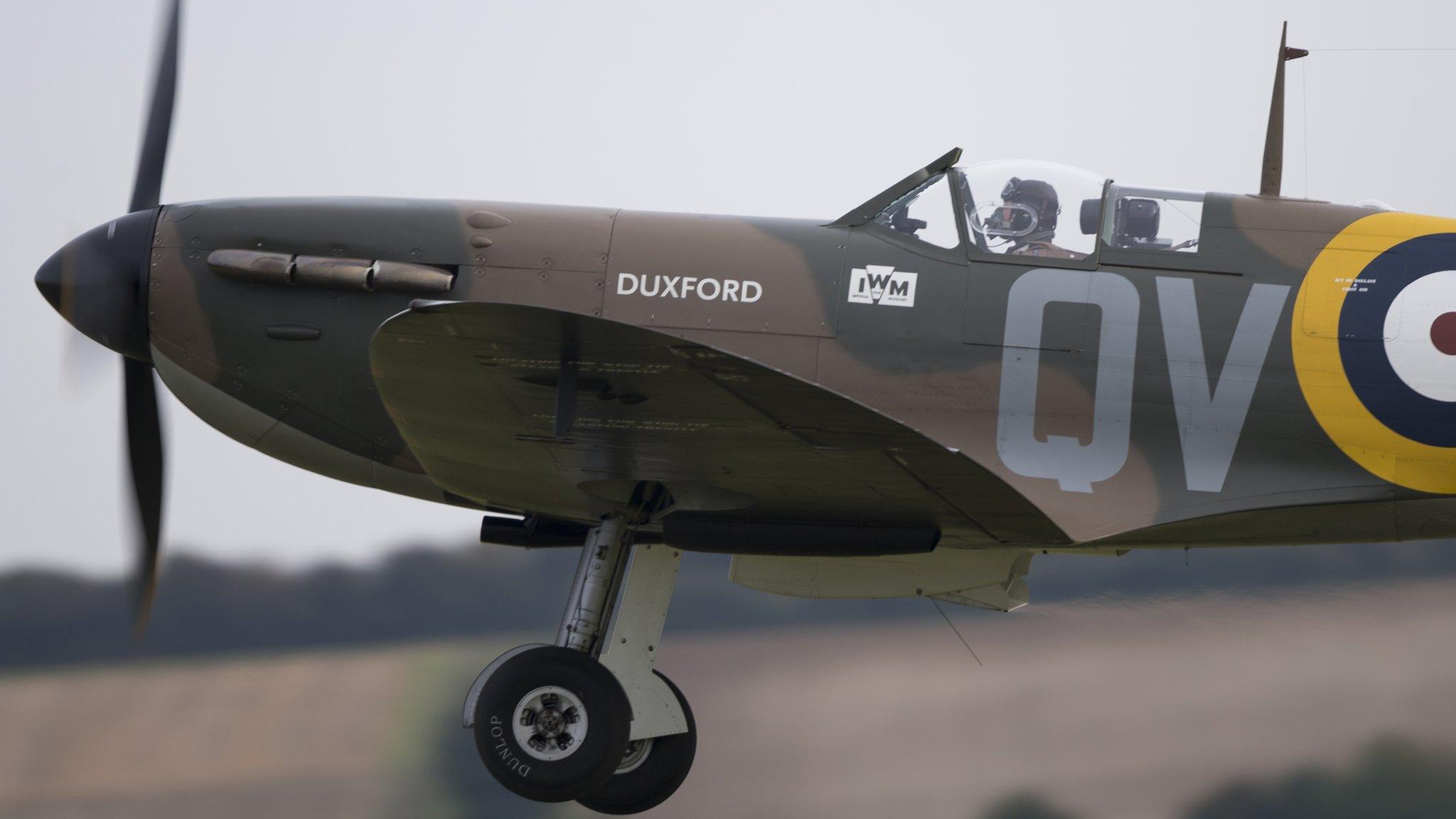
- Published24 July 2021
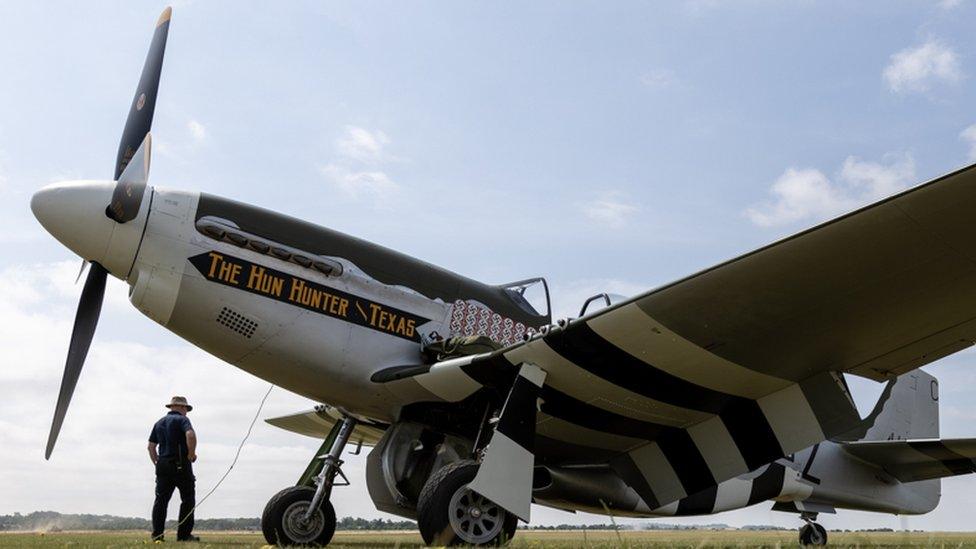
- Published25 August 2020
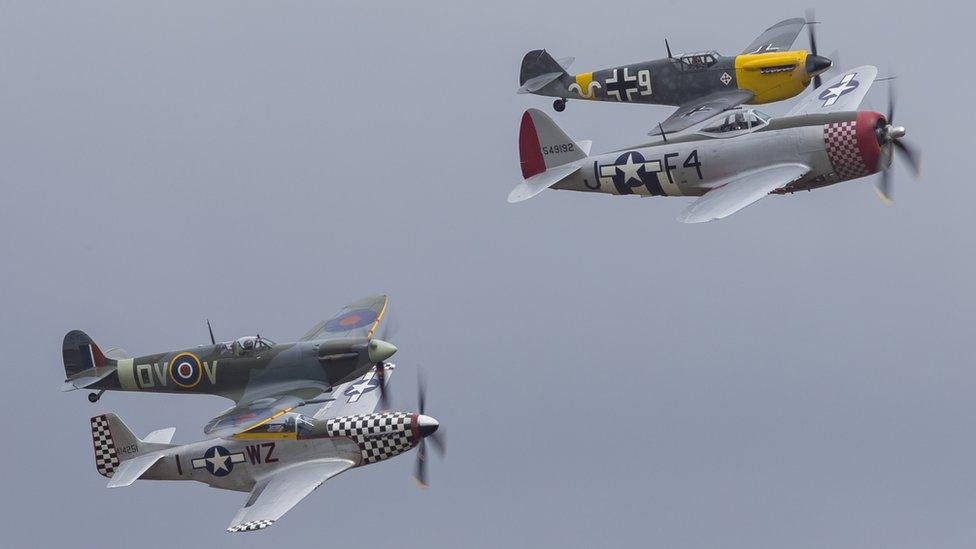
- Published15 April 2018
